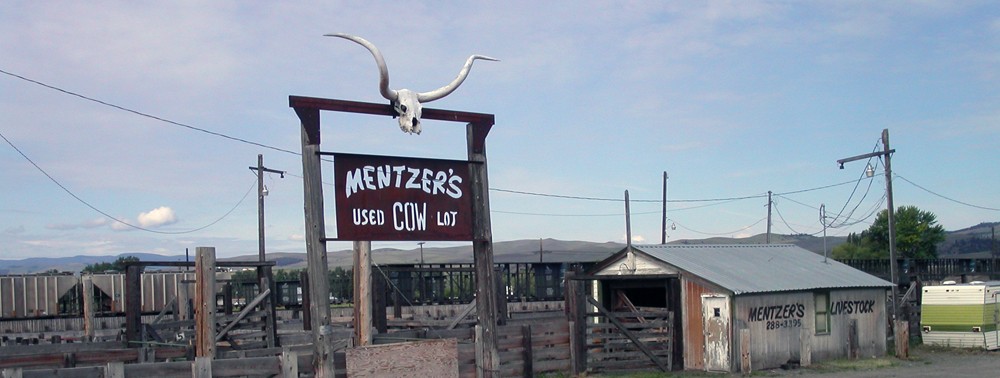In 2017, I organized events aimed at persuading Montgomery County, Maryland, leaders to tell a more accurate and inclusive story in a Silver Spring park. The events generated some media buzz and I wrote several articles and a book chapter about them. In the end, though, nothing happened.

Or did something change?
Acorn Park and the adjacent Silver Spring Memory Wall still tell a whitewashed and exclusionary story. Nothing has changed there. But beyond the park, scholars, journalists, and residents now describe Silver Spring as a sundown suburb. Local planners have incorporated my research into new policy documents on creating equity in Montgomery County.
Earlier this year, a Baltimore planner published a podcast episode, “Story Shift: Acorn Park.”
Podcaster Zoe Roane-Hopkins recounted the park’s history, including its new chapters added in 2017. Her observations about the park in 2024 speak volumes to how effective my efforts were: they raised awareness, but accomplished nothing in terms of changing the narrative in the park:
In 2017, the Maryland National Capital Parks and Planning Commission was solicited in public feedback for improvements to Acorn Park and in response, local nonprofit Impact Silver Spring and showing up for racial justice, Montgomery County joined together to stage a protest at Acorn Park to highlight the continued lack of visibility for black folks through public art in the park. They called for an increase in accurate representation in stories in public art and proposed suggestions to do this at the Acorn Park site …
Zoe Roan-Hopkins, Story Shift: Acorn Park
… When I visited Acorn Park for this episode, there was no evidence of any moves to rewrite the narrative of this little green space to be more representative.
The changes are small, but positive. Perhaps one of these days, Montgomery County will get around to scrubbing off some of the whitewash.
© 2024 D.S. Rotenstein











